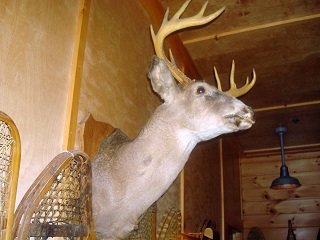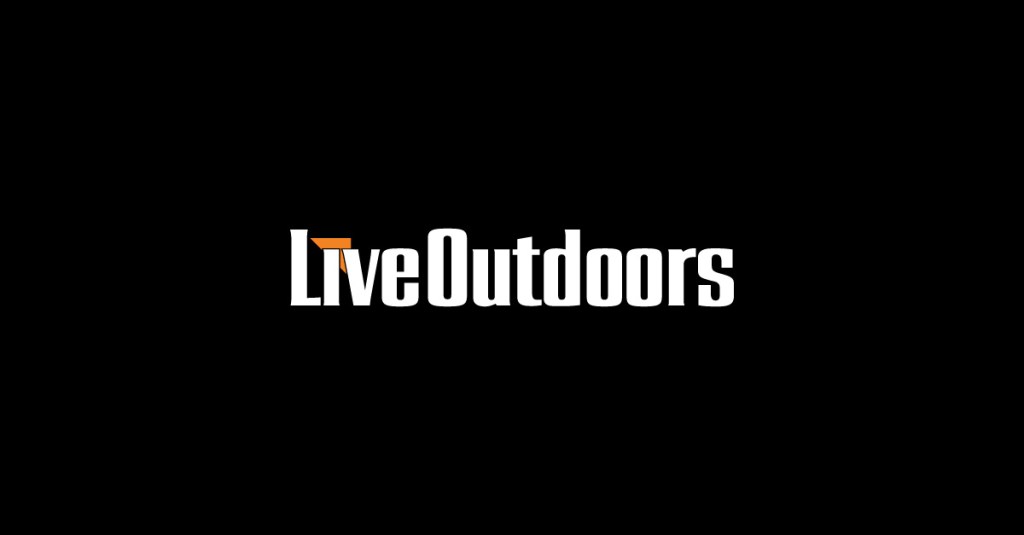 In Parts 1-3 of this taxidermy series, I discussed the importance of choosing a good taxidermist and how tanning is the foundation of a high-quality mount. After you have found one or more taxidermists that you think you can trust with your trophy, it is time to decide if their quality of work meets a high standard that you should be striving for.
In Parts 1-3 of this taxidermy series, I discussed the importance of choosing a good taxidermist and how tanning is the foundation of a high-quality mount. After you have found one or more taxidermists that you think you can trust with your trophy, it is time to decide if their quality of work meets a high standard that you should be striving for.
What makes a good mount? Believe it or not, that is not a loaded question. A nice mount is a taxidermy piece that simply resembles the animal as it would look in a natural pose. That fact might sound easy to accomplish, but it’s not. It takes great skill and a lot of studying animal anatomy and thousands of photos.
Unfortunately, most hunters do not put in the time studying anatomy or photos to truly know what animal parts go where. I have seen veteran hunters who are super woods savvy who thought terrible, unnatural looking mounts were good. All hunters have a responsibility to learn all they can about the animals they hunt and this knowledge should go well beyond the kill shot.
Here are basic anatomy pointers that will get you started on understanding what is right and what is wrong on a standard deer shoulder mount. The ears are a good and easy place to start. A deer’s ears have sharp crisp edges. A bad taxidermist will load a deer’s ear up with filler or glue so that it is too thick and not natural looking. This is easy to spot.
Next, look at the ear butts and where they join the head. This is a part of anatomy that can be difficult to understand and recognize as being accurate. Basically, the top of a deer’s ear butt will be almost touching the antler base. The bottom of the deer’s ear butt should (were you to draw a line from the eye back to the year) barely be below a deer’s eye. One of the most common mistakes that taxidermists make is to set the ear butts too low on the head where they almost look like they are sitting on the neck. Look at every ear on every mount and you will start to see the bad ones.
Eyes are really easy to learn. They are basically almond shape and not round. They should be natural looking and not set too far inside of the face and not stick out like bug eyes. A proper deer eye will look soft and natural and the pupils will always be parallel to the ground unless a mount is posed in an extreme position.
As you start studying mounts, you will see all the mistakes after time. The tear ducts are a big indicator of a taxidermist’s skill level and the nose and nostrils are too. It will take some time, but if you start looking at every magazine photo of a deer that you can get your hands on, you will be an expert before you know it. Then, you can make an educated decision on which taxidermist you can place your confidence in.








